Nestled high up in the lap of nature, the iron age Caerau hill fort overlooks Cardiff, promising a breathtaking view of the metropolis while engaging the much-neglected local communities.

An Iron age hill fort in the suburbs of Cardiff is helping to transform an entire community. Showcasing a unique case study how an archeological site can be part of local people’s daily lives, helping them gain new skills and networks with greater access to education.
When thinking of Cardiff’s castles, only the iconic structure in the city’s center comes to mind. But hidden in the south-western corner of the metropolis lies another gem, the Iron Age fortress of Caerau—a place rich in history and mystery, waiting to be discovered.
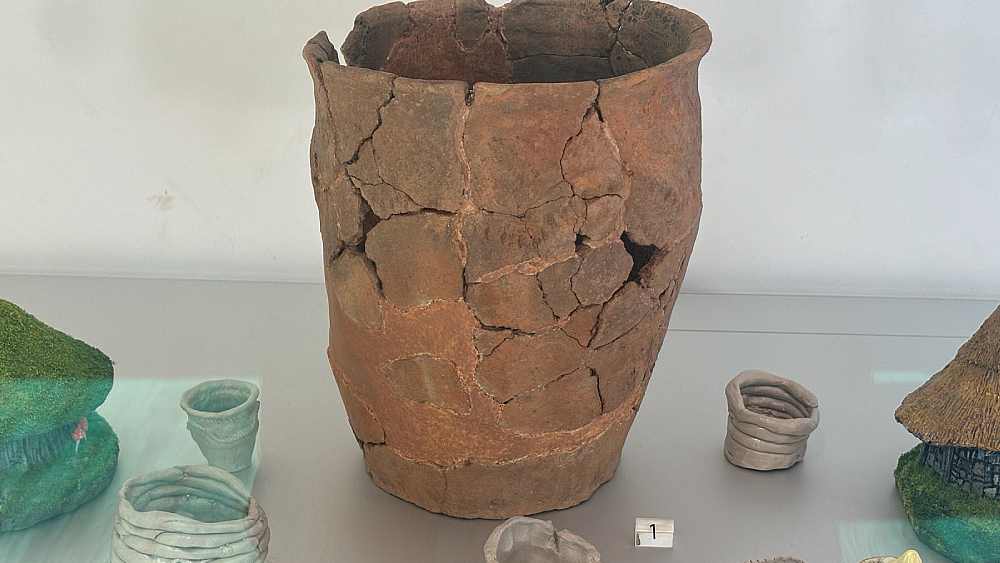
For the past 14 years, Cardiff University’s Caer Project has been working to preserve this site while engaging the much-neglected local communities of Caer and Ely. Oliver Davis, an archaeologist and co-director of the project explains, “It’s a beautiful place. Walking up a short path, you feel like you’ve entered the countryside. It’s like an oasis where heritage and nature blend perfectly.”
“It is a place that has negative identity” Davis says. “This project highlights that the community of this place is actually incredible. They are warm and talented and navigating broader economic and social challenges like access to education. Caer project co-produced heritage as a resource for broader community regeneration.”

A 20-minute ride on the route 17 bus from Cardiff’s city center takes you to Prendergast Place. After that a short 15-minute hike through the woods along the church road brings you to this ancient site. As the location is surrounded by open fields, don’t forget to wear a nice pair of hiking boots while visiting.
Beside the fort are the remains of St. Mary’s Church, clocking around 800 years.
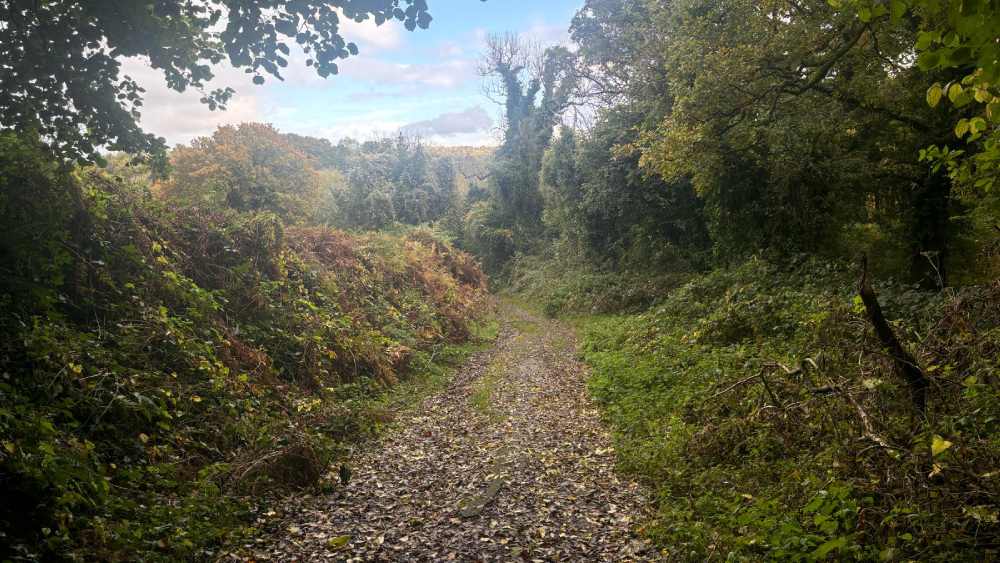
Archaeologists believe the fort is over 6,000 years old, and one of the largest iron age forts in Great Britain. While only the earthen ramparts remain, it takes little imagination to picture the roundhouses of Neolithic or Iron Age Britain encircling a communal fire and protected by palisade walls.
Excavations from the site has led to the discovery of flint tools, weapons, jewelry dating back to at least 3600 B.C.E. The site has also produced Roman pottery from the 1st century A.D. It is believed to be the stronghold of the Silures tribe, who fiercely resisted Roman invasion in these parts of Wales.
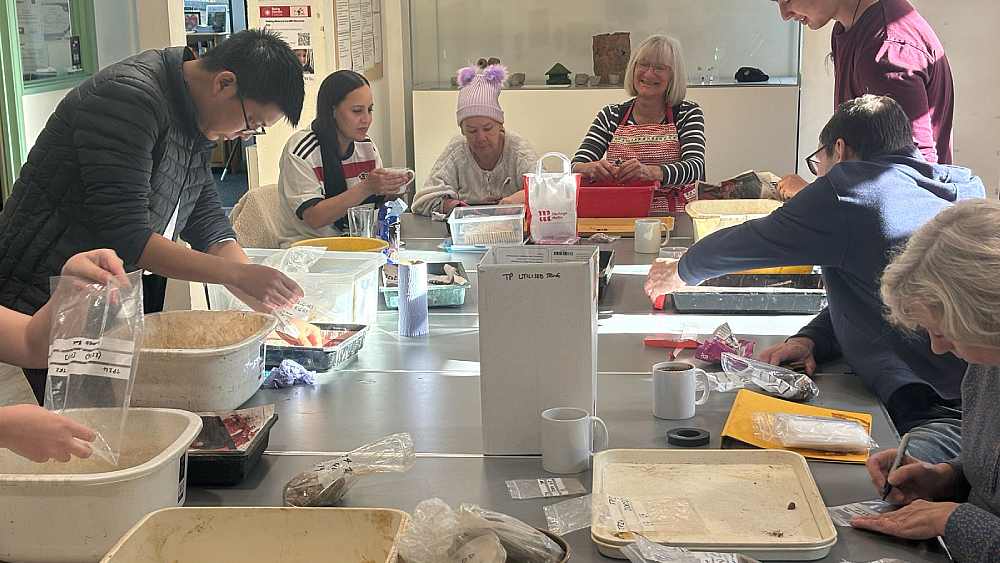
Volunteers meet weekly at the project’s office, which doubles as a makeshift museum showcasing archaeological finds from the site.
The office, perched on the hillside, has brought together more than 25,000 participants till date, including schoolchildren, who have gained skills in gardening, archaeology, and reforestation while connecting with their local heritage. The most recent excavation last summer involved over 500 volunteers, making significant contributions to our understanding of the site.
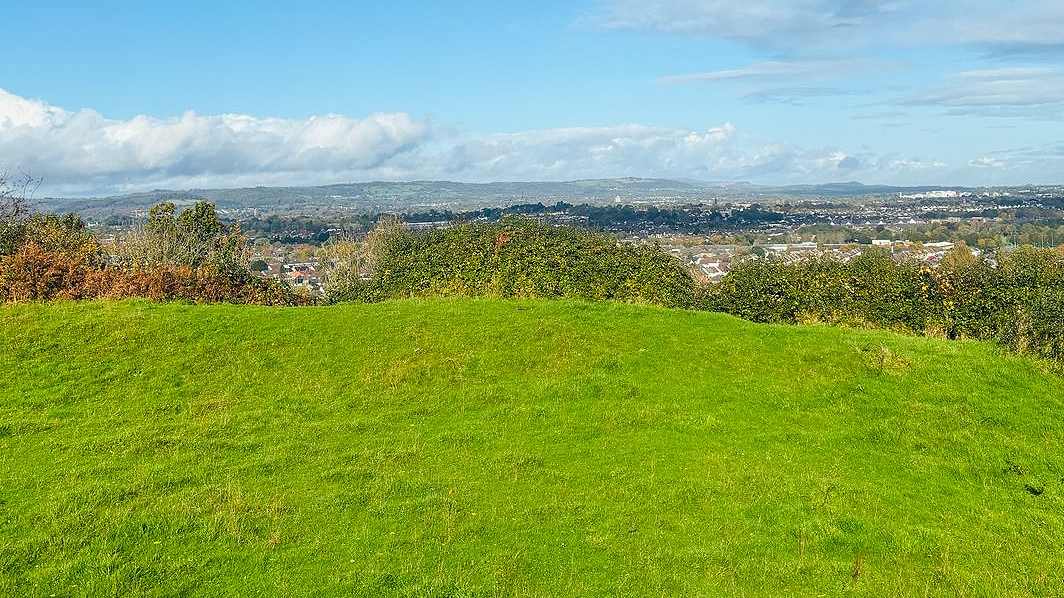
For many, the project offers more than just practical skills. As Alice Clarke, a volunteer who lives nearby says, “I come here to help fight my stress and mental health issues. For the past 5 years this process has helped me like nothing else.”
Despite its success, the Caer project relies on external funding and faces limitations. Davis and Clarke believe Caerau could truly thrive if it sees more footprint and gets featured into Cardiff’s tourist map.
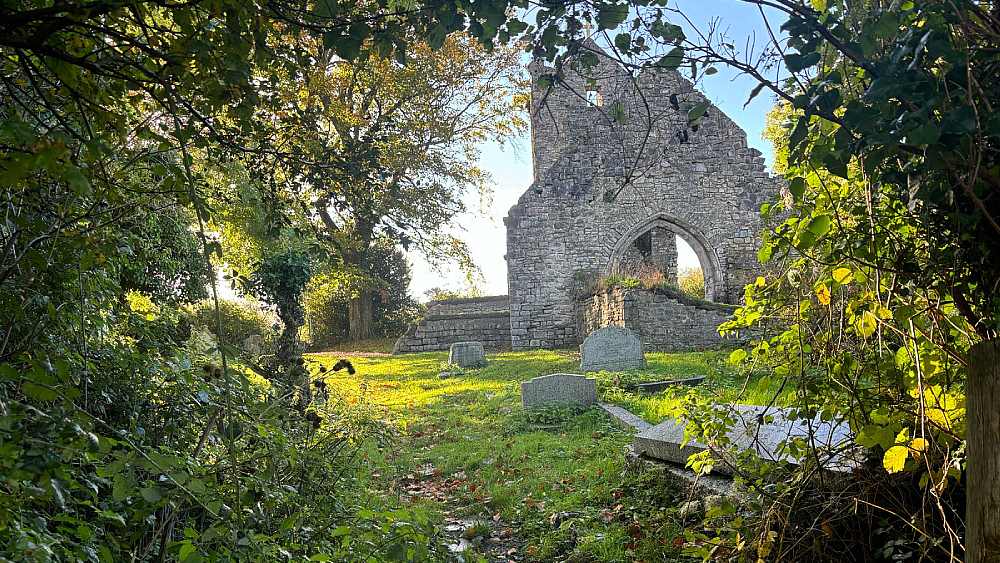
Will it happen? Only time will tell, but with its blend of untapped history and natural beauty, Caerau Fort has all the potential to become a perfect weekend getaway, waiting right on the city’s doorstep.
